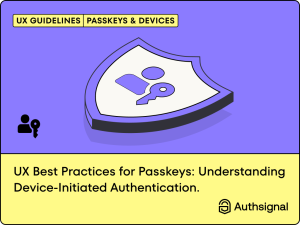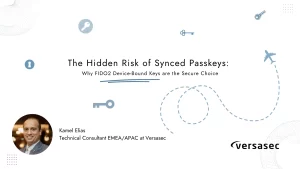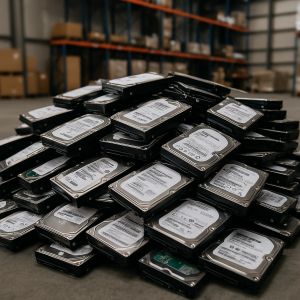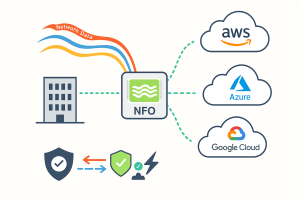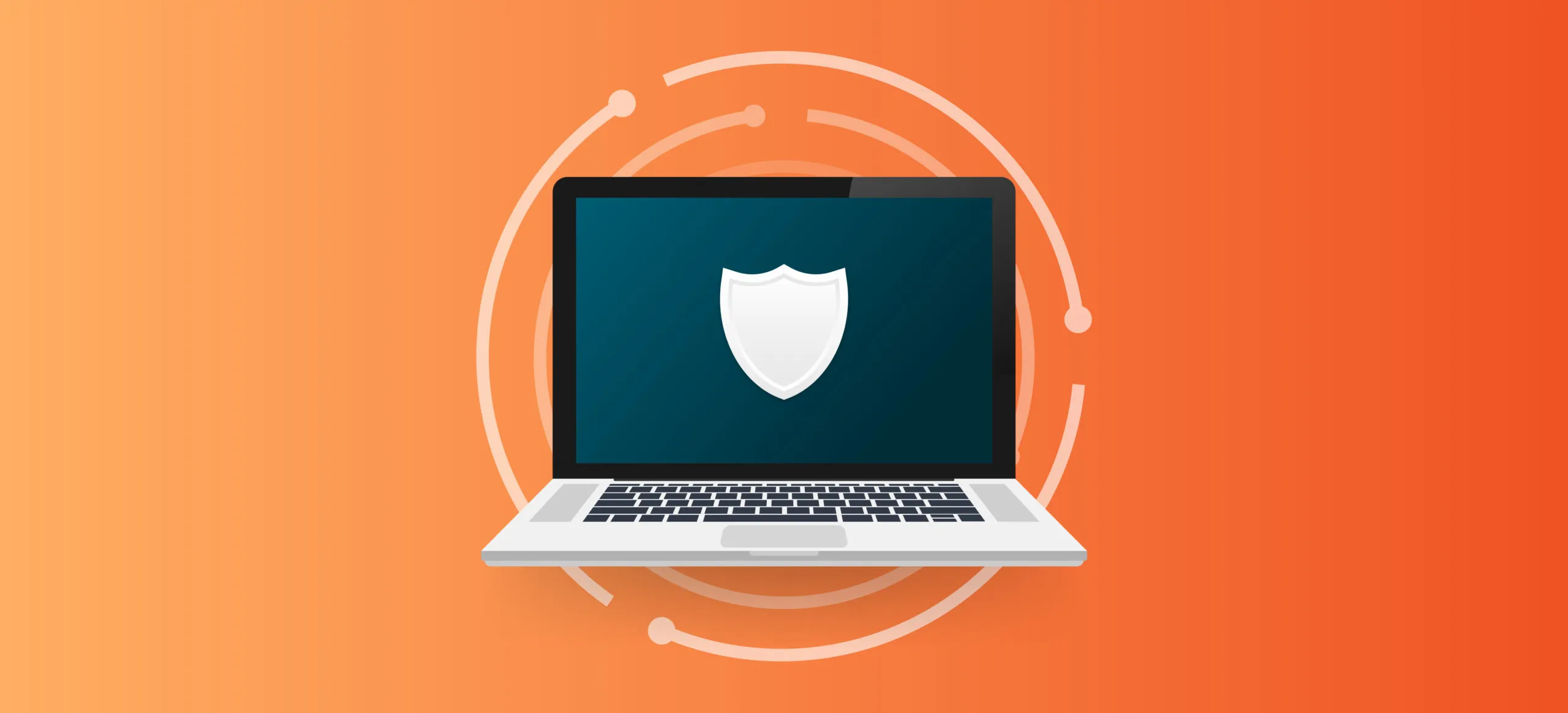
If you’ve ever worked in IT during a cyberattack, you know the sinking feeling.
You stare at your screen, helpless, thinking, “I should never have taken on-call this weekend.”
It all started with an escalated ticket: the production database was unreachable. Remote access was failing. You tried your backup method — the lights-out interface — but even that was unresponsive. You attempted to log into a domain controller. No luck. Then came the gut-punch:
“Your personal files are encrypted.”
In that moment, you would give anything to go back in time and prevent what just happened.
Why We Need to Imagine the Worst
No one wants to dwell on worst-case scenarios — but imagining them helps you build the right defenses. Like the Stoic practice of memento mori, it’s not about fearing disaster, but appreciating what you have and acting wisely today.
That’s why thinking through the full lifecycle of a cyberattack — before, during, and after — is critical to building resilience.
Phase 1: Before the Attack
Prevention is always the best strategy. But prevention alone isn’t enough — because no system is ever 100% safe. Your preparation should also include containment and recovery strategies. That said, a strong defense starts here:
🧠 Adopt a Zero Trust Mindset
Forget castles and moats. Today’s IT environments are like bustling marketplaces with people, data, and devices constantly coming and going. That’s why you must verify everything and trust nothing. This is the essence of Zero Trust. Continuous monitoring, adaptive access, and behavior-based risk assessments are essential.
🔁 Treat Security Hygiene as Ongoing
Security isn’t a one-time project. According to Microsoft, 98% of cyberattacks can be prevented with basic hygiene — things like MFA, privileged access workstations (PAWs), and regular patching. But as environments evolve, these controls must be continuously evaluated and adjusted.
🎯 Focus on Choke Points
You can’t secure everything, but you can target the pathways attackers rely on most. Instead of plugging every hole, identify the critical choke points in your environment and harden them.
For example:
-
Using PAWs eliminates many attack vectors by design (no email access, verified software only, auto-reimaging).
-
This single change can render entire categories of attacks ineffective.
Phase 2: During the Attack
Despite best efforts, assume a breach will happen. What you do in the first minutes and hours can make or break your response.
📡 Detect, Detect, Detect
You need visibility across:
-
Network
-
Endpoints
-
Identity
Detection tools must be tailored to your environment. Don’t settle for one-size-fits-all — choose tools that specialize in your platforms (e.g., macOS-specific endpoint protection if you’re a Mac-heavy org).
Clear, accurate, and fast signals enable you to act decisively.
📝 Practice Makes Prepared
When an attack hits, don’t wing it. Have runbooks in place — detailed, pre-approved playbooks outlining exactly how to respond to specific threats.
Include:
-
Steps to take
-
Who to notify
-
How to escalate
Use frameworks like MITRE ATT&CK to build these plans.
Also: rehearse them. Regular exercises build confidence and uncover gaps.
Phase 3: After the Attack
Recovery is where you either regain control — or pay the price, sometimes literally.
🧩 Recovery Isn’t All-or-Nothing
A cyberattack doesn’t always hit everything at once. You may still have operational systems or partial data. And if it’s ransomware, your ability to recover may determine whether or not you pay.
🔍 Focus on Workloads, Not Just Servers
Traditional backup strategies focus on restoring full servers. But in modern IT, that’s often inefficient — or worse, it restores compromised systems.
Instead, identify key workloads and understand how they interact. Back up and recover them individually and surgically. This atomic-level strategy minimizes downtime and reduces collateral damage.
Think beyond infrastructure — what your organization needs is business continuity, not just server images.
Final Thoughts
A strong cybersecurity posture isn’t just about tools or platforms — it’s about strategy, mindset, and execution.
-
Before the attack: Harden your environment with Zero Trust, continuous hygiene, and smart chokepoint mitigation.
-
During the attack: Detect fast, act fast, and follow well-practiced playbooks.
-
After the attack: Recover intelligently by focusing on workloads, not just infrastructure.
Cyber resilience is a discipline. And like any discipline, it pays off — not when things are calm, but when chaos hits.
About DT Asia
DT Asia began in 2007 with a clear mission to build the market entry for various pioneering IT security solutions from the US, Europe and Israel.
Today, DT Asia is a regional, value-added distributor of cybersecurity solutions providing cutting-edge technologies to key government organisations and top private sector clients including global banks and Fortune 500 companies. We have offices and partners around the Asia Pacific to better understand the markets and deliver localised solutions.
How we help
If you need to know more about defending your organization before, during and after a cyberattack, you’re in the right place, we’re here to help! DTA is Quest Software’s distributor, especially in Singapore and Asia, our technicians have deep experience on the product and relevant technologies you can always trust, we provide this product’s turnkey solutions, including consultation, deployment, and maintenance service.
Click here and here and here to know more: https://dtasiagroup.com/quest/

